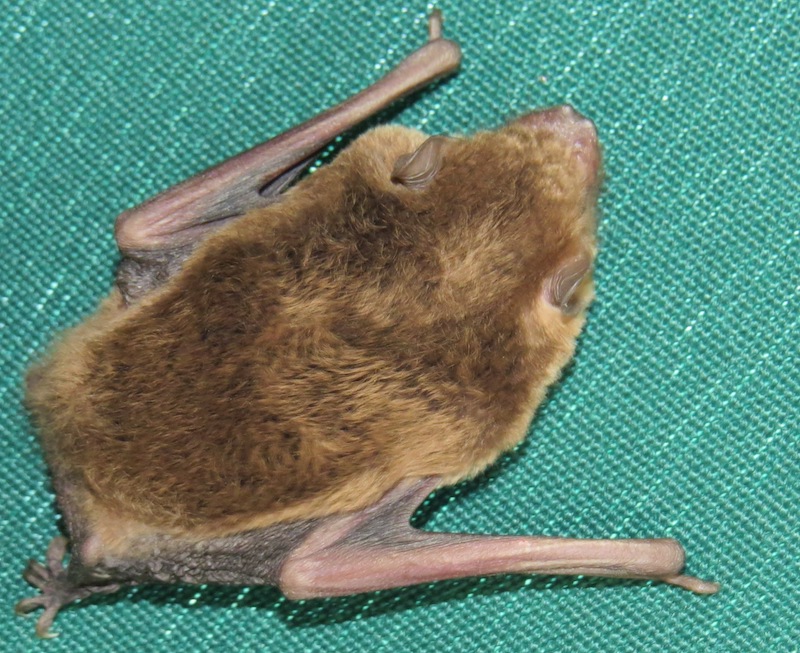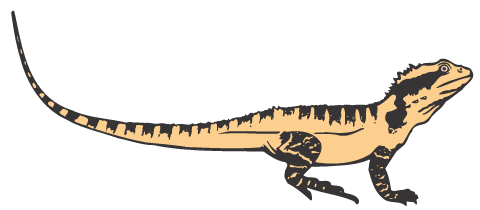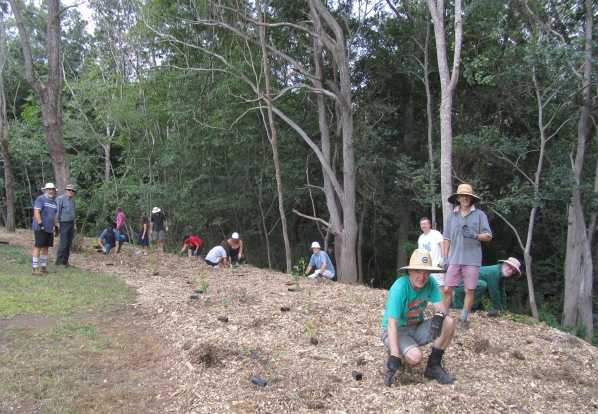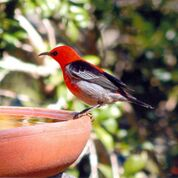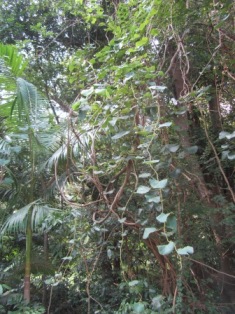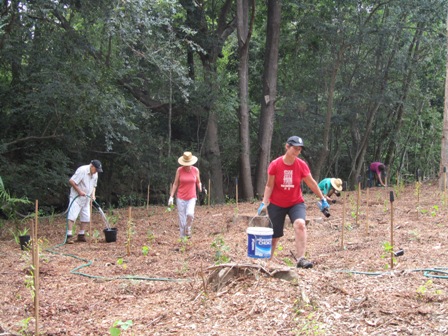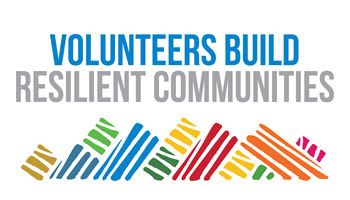Australasian Bat Night is back!
Now in its 6th year, Australasian Bat Night 2019 celebrates the positive aspects of bats and educates people about the vital ecological roles they play and the threats they face. It is run by the Australasian Bat Society Inc.
We are pleased to report that two local events are part of the national celebrations:
CWCN Workshop: Bats and their Habitat – Saturday 2 March, 4pm-8pm, 47 Hepworth St, Chapel Hill
Bat biologists Dr Monika Rhodes and Dr Martin Rhodes will talk about different aspects of bat habitat. There will be a bat walk after dark during which participants can listen to the calls of local echolocating bats.
For information, ring
Jutta on 0407 583 441 or email [email protected]
Batty Boat Cruise—Sunday 12 March, Mowbray Park, Thorn Street, East Brisbane
Visit flying foxes near New Farm Park and watch them fly over at sunset on their nightly feeding expeditions. Meet orphaned baby bats on-board and hear educational commentaries about bats and the river along the way. Bookings essential. For more info, contact Wildlife Queensland on 3844 0129
For more information about Australasian Bat Night 2019, please email [email protected] or visit the Australasian Bat Society website.
Microbat filmed in our catchment – © Chris Read
